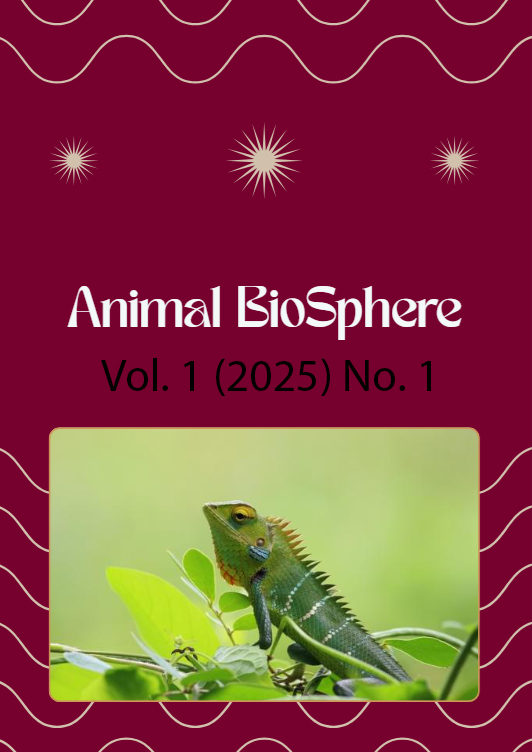The Study of Diversity of Mammals in Lal Suhanra National Park Bahawalpur, Punjab, Pakistan
Keywords:
Mammalian Diversity, Lal Suhanra Park, Management, Wild lifeAbstract
This study assessed mammalian diversity in Lal Suhanra National Park (LSNP), Bahawalpur, Pakistan, through field surveys, camera trapping, and indirect sign analysis. A total of 21 species were recorded, including key carnivores such as the Indian wolf (Canis lupus pallipes) and striped hyena (Hyaena hyaena), herbivores like the nilgai (Boselaphus tragocamelus), and rodents such as the Indian desert jird (Meriones hurrianae). Diversity indices revealed moderate to high species richness (Shannon index: 1.384–2.024; Simpson’s index: 0.704–1.708), with apex predators exhibiting lower evenness due to their ecological dominance. Relative abundance analysis highlighted niche partitioning, with desert-adapted species like the desert fox (Vulpes vulpes pusilla) favoring arid zones, while generalists such as the house mouse (Mus musculus) thrived across habitats. The presence of invasive species (e.g., black rat, Rattus rattus) and anthropogenic threats like habitat degradation pose conservation challenges. These findings underscore LSNP’s role as a biodiversity hotspot and emphasize the need for targeted strategies, including habitat restoration and community-based conservation, to safeguard its mammalian fauna. This study provides a baseline for future monitoring and informs adaptive management in Pakistan’s protected areas.




